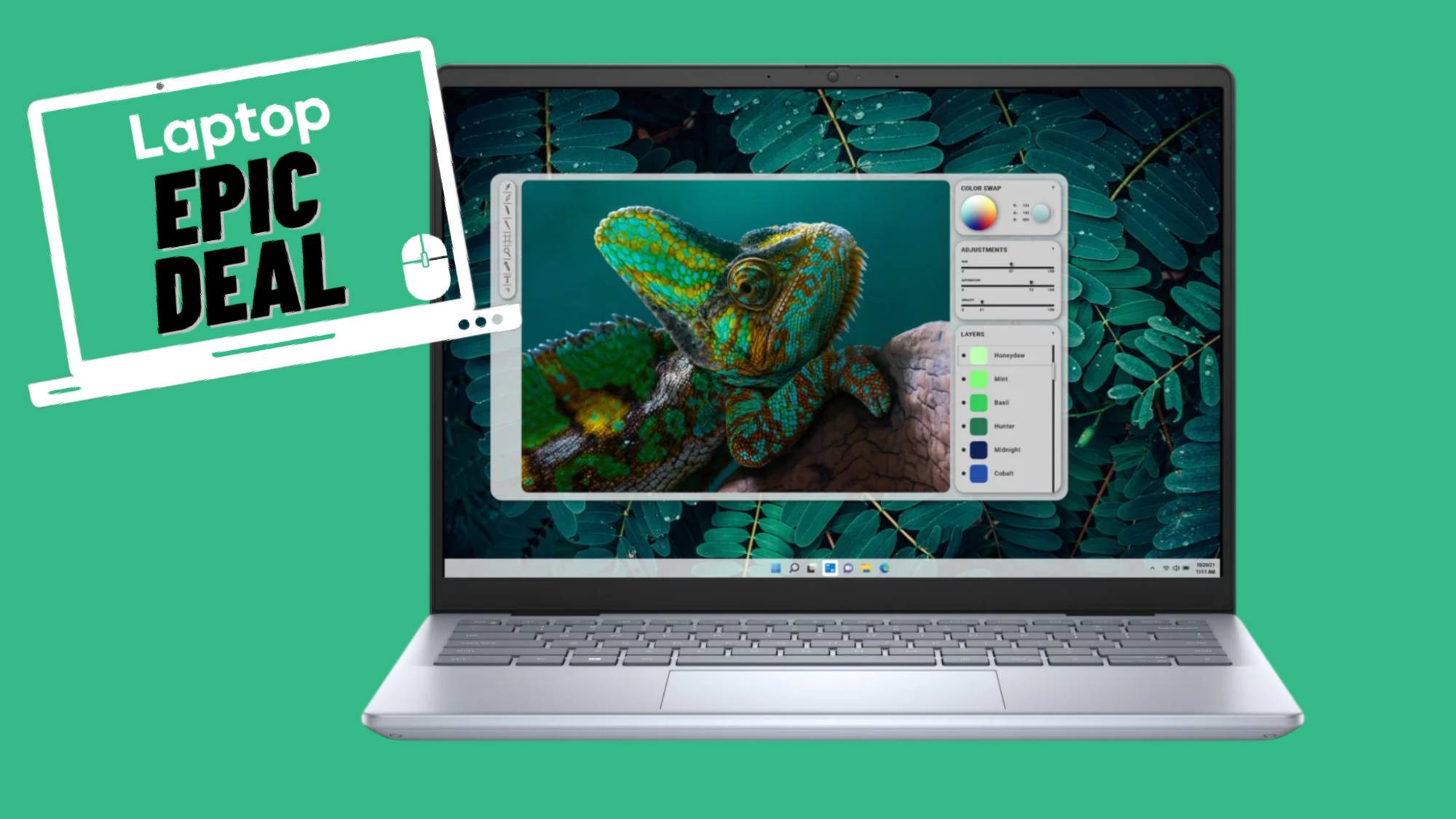Was Steve Jobs Wrong? Why the Pen Won’t Die
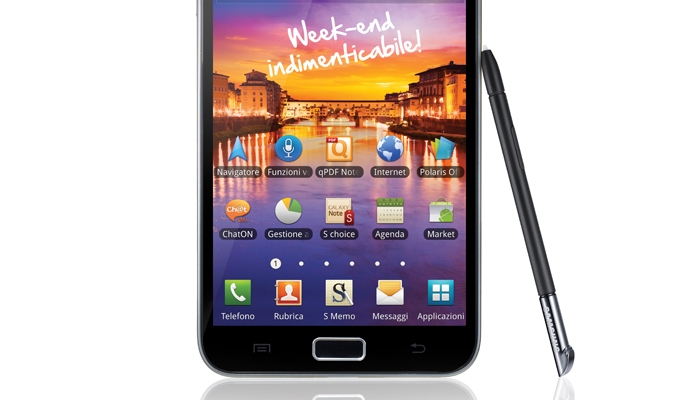
“If you see a stylus, they blew it.”
That was Steve Jobs back in 2010, dismissing the iPad competition. But if that stinging indictment were true, why has Samsung sold more than 5 million Galaxy Notes, a combination tablet and phone that includes—you guessed it—a stylus?
And if pens are so passé, why do so many mobile professionals swear by such devices as the LiveScribe, which digitizes your notes and syncs them with the cloud? Meanwhile, some of the most buzzed-about apps for the iPad, such as Paper and Tapose, work best with a capacitive stylus, which also happens to be the best-selling accessory for Apple’s tablet on Amazon and Best Buy.
“It’s funny,” said Roger Kay, founder and president of Endpoint Technologies Associates. “The pen is still around. It’s just the input method that won’t die.”
The question is why the pen keeps hanging on, and whether its recent momentum signals a real renaissance for pen computing.
Pen vs. Finger

According to Samsung, consumers are primarily drawn to the Galaxy Note because it has a larger screen than any other smartphone. But the pen functionality ranks a close second. And that’s because the S-Pen isn’t a dumb pointing stick but a robust tool with 256 levels of pressure sensitivity. The S-Pen will also be a hallmark feature of the larger Galaxy Note 10.1 tablet.
Stay in the know with Laptop Mag
Get our in-depth reviews, helpful tips, great deals, and the biggest news stories delivered to your inbox.
“There are moments when you want something a little more precise,” said Ryan Bidan, product marketing manager for Samsung. “It’s naive to think that there’s a single input that’s ideal in all situations.” Just look at the success of Apple’s Siri voice assistant. For Bidan, the S Pen represents yet another viable alternative.
Part of the reason many have written off the digital pen is because they don’t fully appreciate what it can do now. We’ve come a long way since the days of the stylus that slid out of your Palm PDA. Companies such as N-Trig are working to evolve the stylus.
“It’s not the traditional plastic stick,” said Gary Baum, associate vice president of product marketing at N-trig, whose DuoSense pen technology can be found inside such devices as the HTC Flyer. “It has pressure, it has hover, it has functionality control. It has accuracy.”
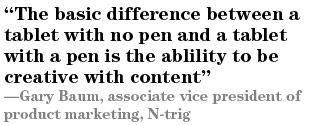
(The Flyer, in particular, didn’t fare well in the market, but Baum argues that it was because of HTC’s decision to charge more for the pen and not integrate it into the design.)
Improved performance is only part of the reason why pens continue to thrive in the digital world. They’re also better for content creation and are more personal. “The basic difference between a tablet with no pen and a tablet with a pen is the ability to be creative with content,” Baum told us. “Nothing is more personal than a handwritten note on a picture or sending a handwritten note, even to your Facebook page.”
The Write Apps

Some argue that it’s not the digital pen that’s enjoying a renaissance but digital ink. And most seem content using their fingers to write. However, app developers acknowledge that pen input takes it to another level.
“We know anecdotally that people who do use a pen are more loyal customers,” shared Evernote CEO Phil Libin. The company’s popular Skitch app lets you annotate images and sketch on your Android or iOS device’s screen. “They stick around longer and are more likely to pay. So it’s a relatively small subset of the total number, but it’s a valuable and a local subset.”
Two content creation apps that are getting a lot of attention right now are Paper and Tapose.
Coincidentally, both companies have founders who developed the hyped-but-never-released Microsoft Courier tablet, which was supposed to take input to new heights.
Paper is the more straightforward of the two apps, designed to provide a clean slate for jotting down ideas, sketching and outlining. 53, the company behind the app, designed it to mimic a notebook or journal. The app comes with a free virtual-drawing tool, but you can purchase additional implements for $2 each, from Color to Sketch. The app works well with a finger, and you can even “rewind” changes with two fingers, but there’s a reason the site recommends purchasing a stylus. 53 says it provides finer, more natural control.
Much more ambitious is Tapose, a super-journal developed by Zanther that employs a split-screen interface for everything from word processing and drawing to adding live audio and integrating other multimedia. It also includes collaboration and multitasking functionality that brings the original Courier vision to life on the iPad. Not surprisingly, the company’s video walkthrough shows both pen and stylus input.
That’s the key for this new breed of pen-friendly apps; designing for a good touch experience first while enabling an even better pen experience for those who want it. “If you just start out with a piece of technology that requires the pen, you’re never even going to get the opportunity to make that case,” Libin said. “The pen is a nice supplement, but the experience needs to work beautifully without it.”
For his part, Samsung’s Bidan is particularly excited by apps with broad appeal that are enhanced by the pen, such as the red-hot game “Draw Something.” But he’s also looking forward to S Pen apps with serious business potential such as Zig Zag, which has collaborative whiteboard capability.
New Tablets, New Tools
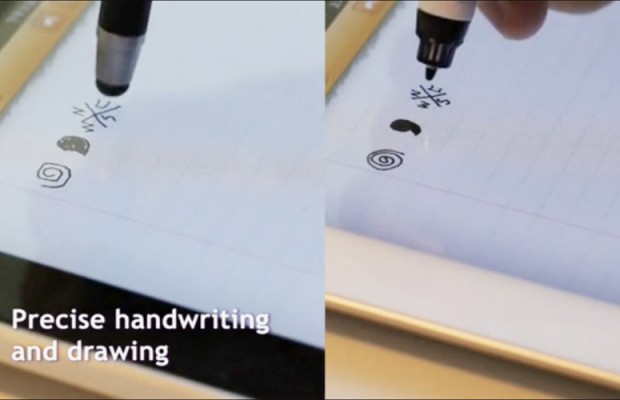
While Apple was in the middle of selling 3 million third generation iPads over its launch weekend, Samsung sent us its Content Creation Comparison Grid that put its new Galaxy Note 10.1 head to head with Apple’s new slate in multiple categories. Samsung’s tablet won, but will shoppers really choose the Note over the iPad because it has a pen? Not necessarily, but it could certainly cause a shopper to go with Samsung over another Android tablet.
Kay believes that having a pen will help Samsung stand out in the crowd. “The pen is a differentiator for vendors,” Kay said. “If you offer that capability, some people will be drawn to it. And if you’re looking at tremendous marketing and people come out and buy your stuff, then it actually could be a living for a division.”
The Galaxy Note 10.1 builds on its smaller brother by letting you multitask with pen input. “You can write on a mini notepad that’s overlaid on top of any app, or you can split the screen in half and have your notepad and a different app in adjacent tiles,” Bidan said. So, for example, you take notes in one window while viewing a PowerPoint in another. “Or you could watch Khan’s Academy on YouTube while simultaneously writing out the match problems,” Bidan suggested.
In the meantime, N-Trig says that its DuoSense Pen technology will be launching in five to six tablets later this year, including models that run Android and Windows 8. N-Trig is also working with a company called Vision Objects to radically improve character recognition.
“It distills the writing of hundreds or thousands of users into an artificial intelligence solution that demonstrates very good recognition for a new user right away,” Baum said.
Is Apple Next?
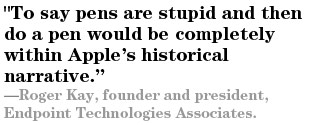
While Apple has ignored this next stage of pen computing, a number of established players are hoping to cash in on the renewed interest in apps that leverage digital ink. Cregle raised more than $160,000 on Kickstarter for what the company calls the first active stylus for the iPad. A receiver you attach to the tablet works in tandem with the pen, promising proximity sensitivity, precise handwriting and palm rejection. However, the pen has been met with mixed reviews.
Would Apple itself jump on the pen bandwagon? As Kay notes, the company has a history of dismissing categories only to later enter the market when it believes it can deliver a superior solution. After all, Apple has been issued more than a dozen smart-pen apps since 2009. “Remember, Jobs said we’re definitely not going to a phone, and then, here, we’re doing a phone,” Kay said. “The head fake was like a famous gesture of his. So to say pens are stupid and then do a pen would be completely within Apple’s historical narrative.”
N-Trig’s Baum seems pretty certain that Apple is cooking something with pen input. “Apple probably has more patent requests from the pen surrounding tablets in recent months than anybody,” he said. “So it seems unusual that they would have that much activity for something they have no intention of doing.”
Others are more skeptical. “Patents aren’t useful as a way to predict what companies are going to do,” Evernote’s Libin said. “I would be kind of surprised if Apple embraced the stylus. They would never release it unless they really thought that they had a breakthrough.”

